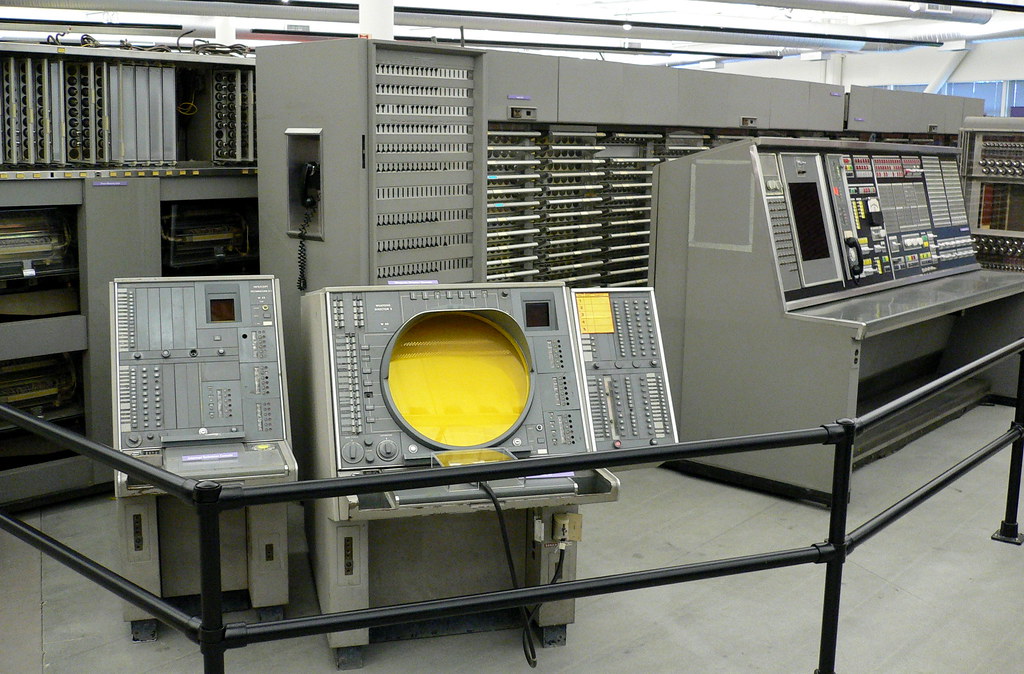We had a great Energy and Sustainability show today – in case you were unable to make it, I recorded the video (above) and the chatstream (below):
Tom Raftery :
Kicking off the show in a sechttp://www.sciencedaily.com/releases/2010/02/100219123517.htm
http://www.guardian.co.uk/environment/2010/feb/18/worlds-top-firms-environmental-damage
http://greenmonk.net/do-risk-and-compliance-have-a-part-to-play-in-reducing-pollution/
http://www.guardian.co.uk/environment/2010/feb/17/amazon-hydrocarbon-boom
http://www.reuters.com/article/idUSTRE61L2ZT20100222
http://www.guardian.co.uk/environment/2010/feb/22/jonathan-safran-foer-cows-beef
http://www.ted.com/talks/jamie_oliver.html?awesm=on.ted.com_886s
http://www.triplepundit.com/2010/02/seriously-where-does-our-food-come-from/
http://www.smallbusinesseurope.org/en/news1610.html
http://www.smartmeters.com/the-news/823-meters-and-more-looks-to-create-global-standards.html
http://www.greenenergyscheme.org/index.php?page=suppliers/tariffs
http://www.delawareonline.com/article/20100219/NEWS02/2190351/1006/NEWS
http://news.yahoo.com/s/afp/20100222/sc_afp/uncitesspeciestunajapan
http://www.marcgunther.com/2010/02/21/nukes-why-small-is-beautiful/
http://www.reuters.com/article/idUSTRE61L1WB20100222
http://www.avaaz.org/en/robin_hood/
?17?:?10
cgarvey :
Cheers Tom .. I’m still stuck back at the smart meters link .. loads of links to digest. Ta!?17?:?10
raphael :
thanks tom?17?:?10
Tom Raftery :
Thanks everyone, as always, Tom



